Appendix
Appendix - Detailed Maps of the Study Watersheds
Figure A-1: Avon River watershed.

Figure A-2: Blyth Brook watershed. Legend as in Figure A-1.
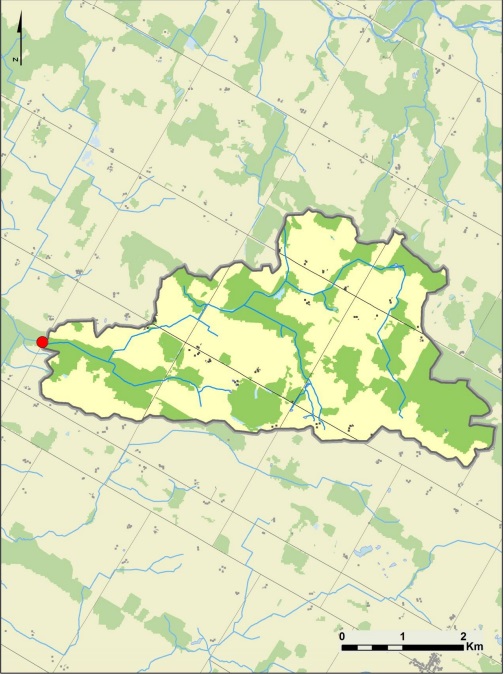
Figure A-3: Falkland Creek watershed. Legend as in Figure A-1.
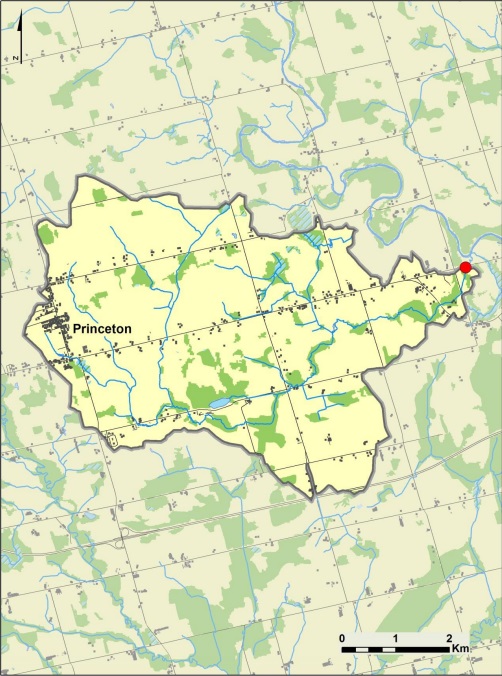
Figure A-4: Griffins Creek watershed. Legend as in Figure A-1.

Figure A-5: The Little Ausable River watershed. Legend as in Figure A-1.

Figure A-6: Middle Maitland watershed. Legend as in Figure A-1.
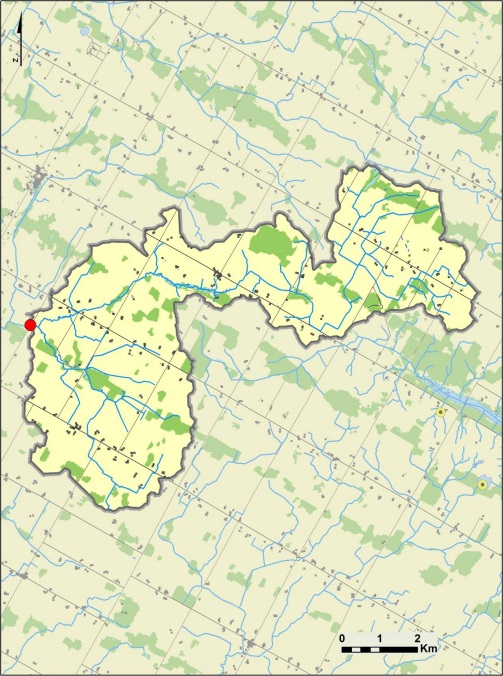
Figure A-7: Muskrat Creek watershed. Legend as in Figure A-1.

Figure A-8: Nineteen Creek watershed. Legend as in Figure A-1.
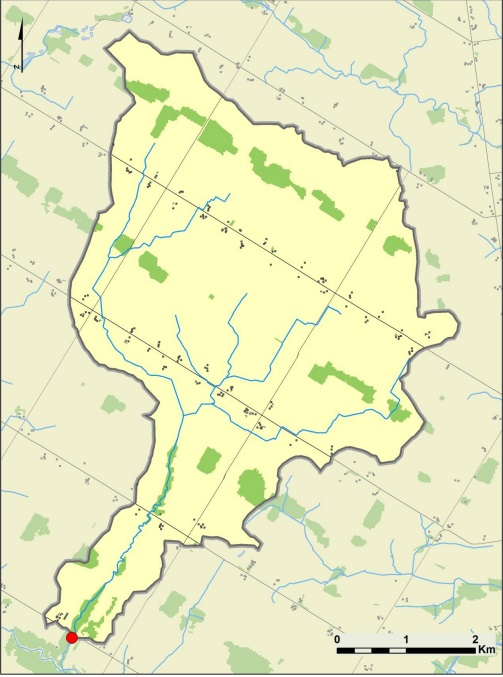
Figure A-9:Nissouri Creek watershed. Legend as in Figure A-1.
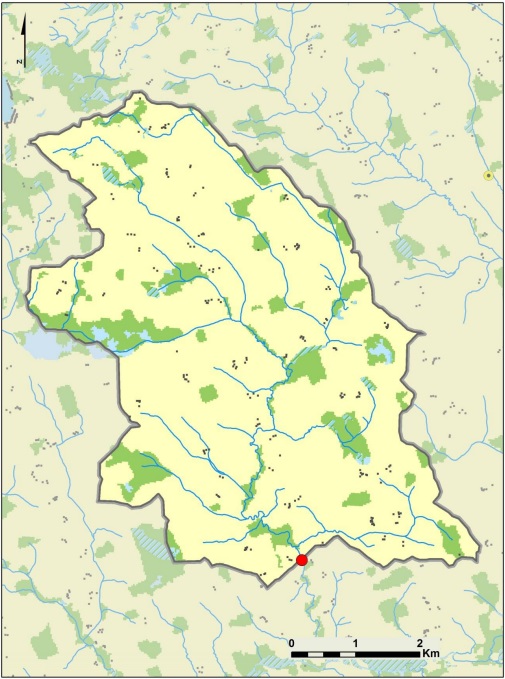
Figure A-10: The South Thames River watershed. Legend as in Figure A-1.
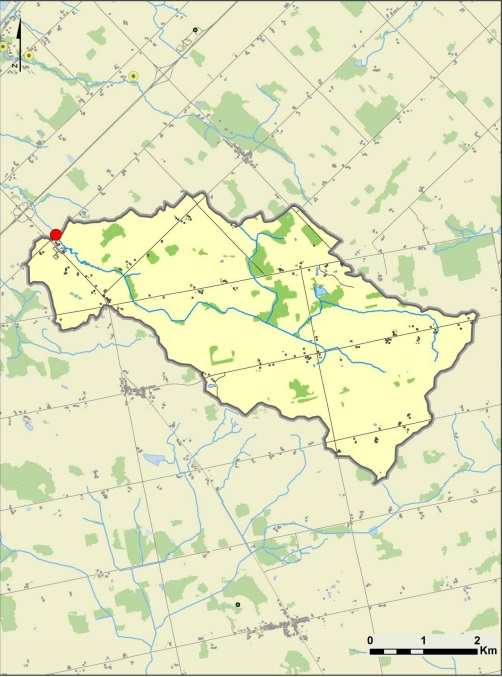
Figure A-11: Salem Creek watershed. Legend as in Figure A-1.
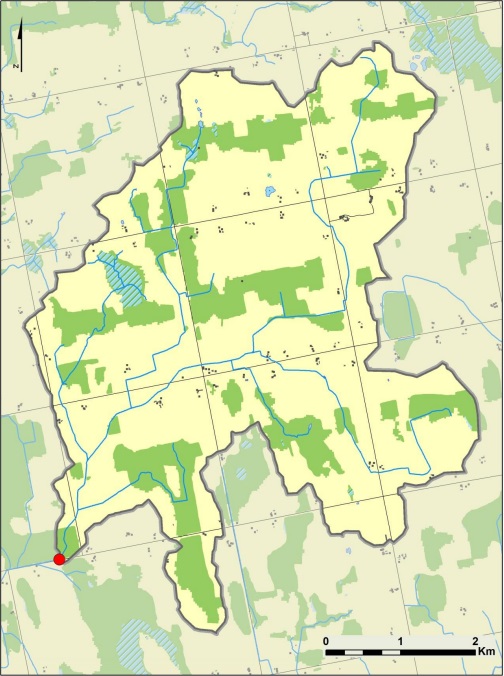
Figure A-12: Silver Creek watershed. Legend as in Figure A-1.
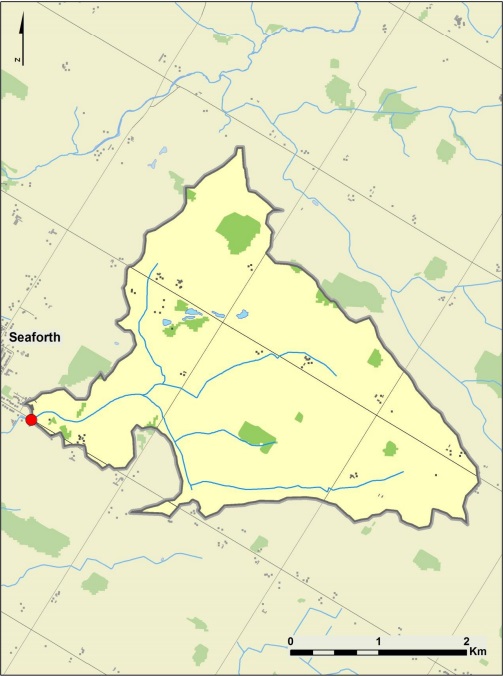
Figure A-13: Stirton Creek watershed. Legend as in Figure A-1.
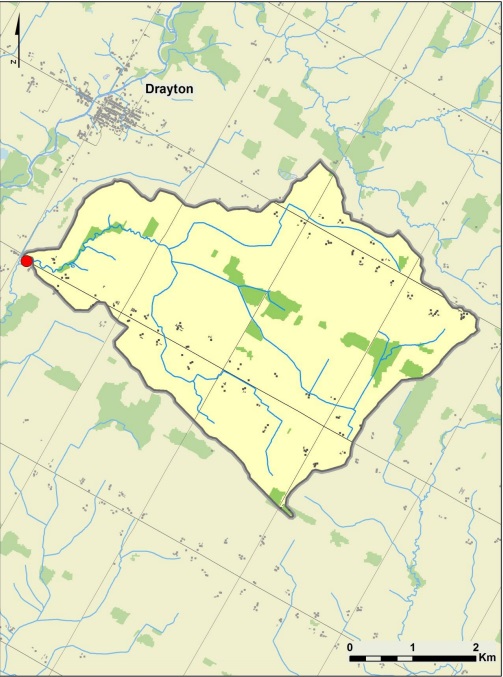
Figure A-14: Thames River watershed. Legend as in Figure A-1.
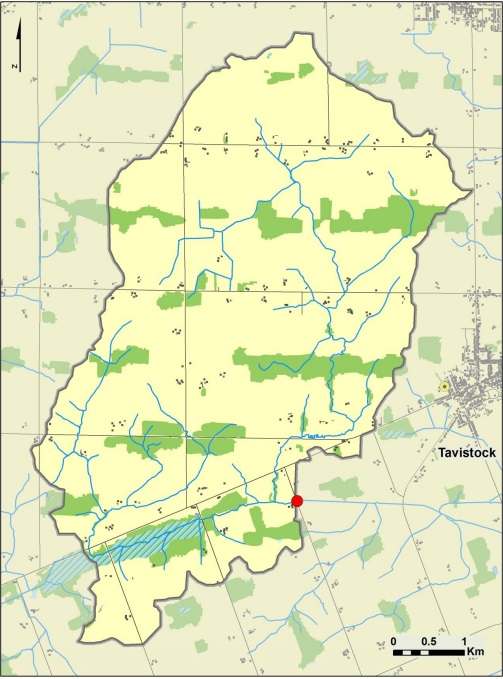
Figure A-15: Trout Creek watershed. Legend as in Figure A-1.
